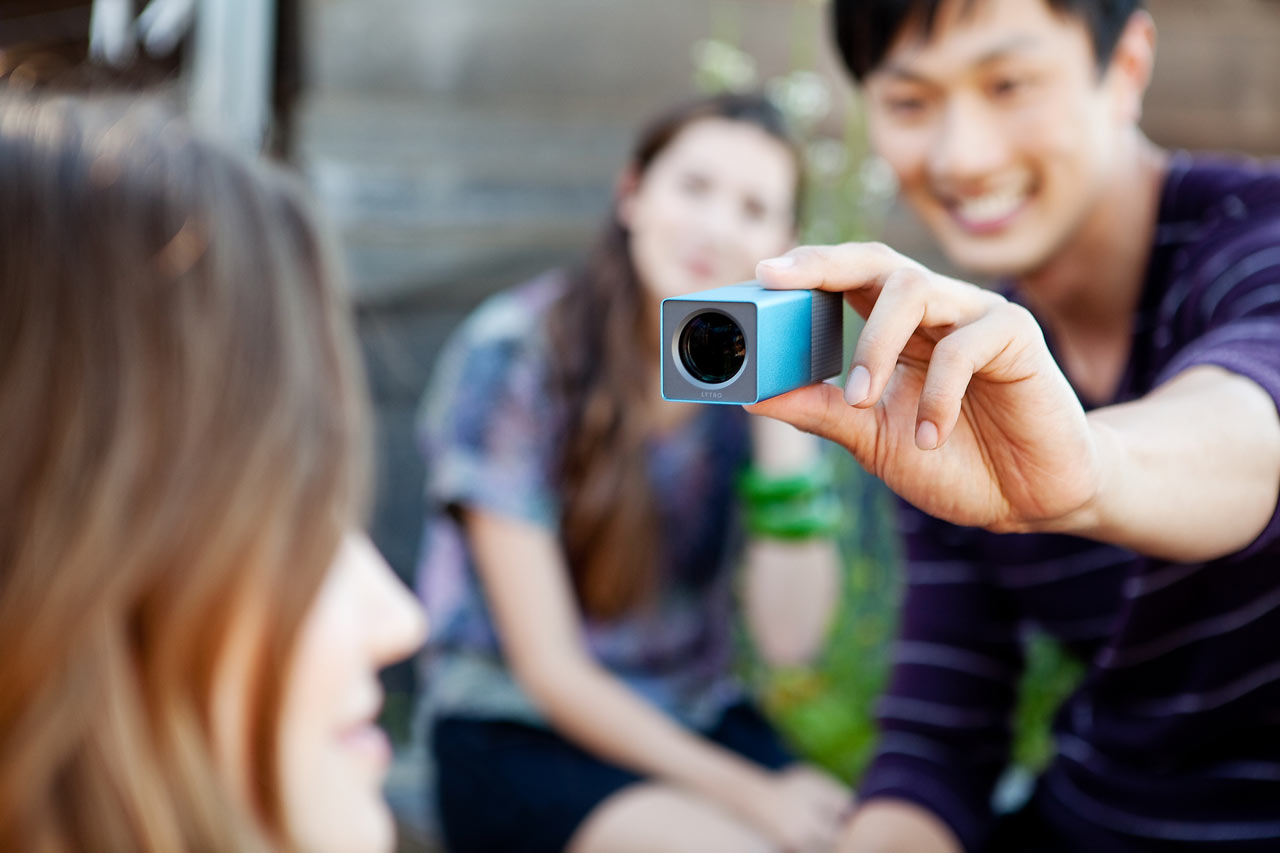Lytro: A camera indistinguishable from magic
Any sufficiently advanced technology is indistinguishable from magic. -Arthur C. Clarke’s Third Law
There are three major phases for a revolutionary technology.
- Phase One - Its invention in the lab.
- Phase Two - Its commercial release for early adopters.
- Phase Three - Its commercial release for normal humans.
Before, between, and after these landmarks are an ocean of other small innovations, but these are the pillars that any major technology stands on. Take the Polaroid.
Instant Develop Paper was first invented in the lab, followed by a series of cameras that had flaws such as accidentally spraying the users with acid if used wrong. It took Edwin Land, one of Steve Job’s main inspirations, to combine a few dozen technologies into what we know today as the Polaroid. Harry McCracken’s article, Polaroid SX-70: The Art and Science of the Nearly Impossible, is a brilliant look at how the Polaroid came to be, and the nature of invention itself.

Three days ago the Lytro, a camera based off of Light Field photography, was released. David Pierce at The Verge did a fantastic review of exactly how different this camera is, stating:
There are a few easy ways to make a digital camera better: make the sensor bigger, improve the quality of the lens, speed up the processor. But those are incremental improvements on a basic technology that hasn’t changed much in a long time. Lytro scrapped all that and built the self-titled Lytro camera, a digital camera that neither looks nor operates like any camera you’ve ever seen: it measures megarays instead of megapixels, captures light fields instead of light, and lets you focus your pictures after you’ve taken them.
The review can be summed up with: It is a fundamental shift in how pictures are taken. The technology is brilliant and has incredible potential, but at the moment it’s a novelty proof of concept that isn’t quite ready for the market.

It’s generally agreed that The Lytro is currently little more than a fun experimental toy. It’s still in the second phase.
The first phase happened 15 years ago, when Light fields were first captured, and it’s hard to predict how soon the third phase will come. In theory, this technology or a competing one will become the new standard. Not because of its ability to refocus, but because it makes photographs work natively on a 3D plane. It might take 5 years. It might take 20.
This debate on whether or not the Lytro is a viable consumer device misses the point. It will be a while before the third phase. For now, it’s best to judge it for what it is.
------------ Science of Light Field Photography via Lytro’s website. Reviews of the Lytro by people who have actually used it. How Edwin Land inspired Steve Jobs via the NYTimes. View Lytro in action.
